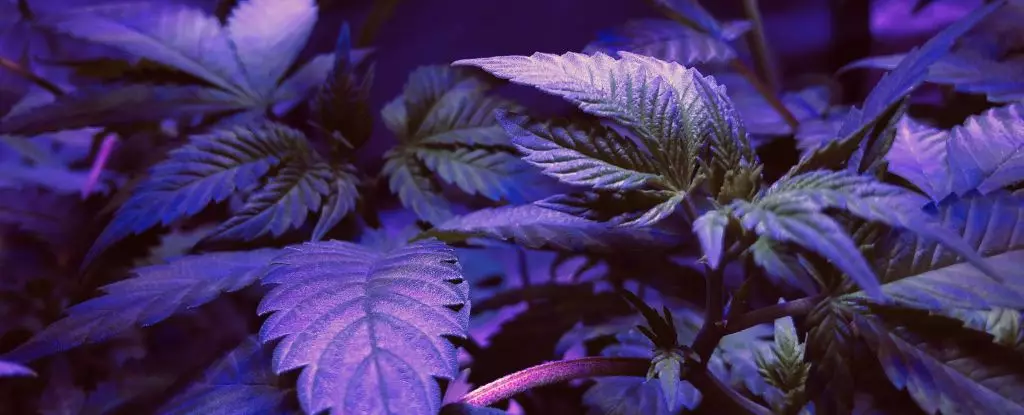

When considering the search for extraterrestrial life, it is important to understand the potential differences between Earth’s biosphere and that of another planet. While Earth is dominated by green plants producing oxygen through photosynthesis, there are organisms on our planet that can survive in extreme environments. This raises the question of what alien plant life might look like.
The existence of purple bacteria thriving in low-light conditions on Earth offers a glimpse into the possibilities of alien plant life. These bacteria, colored purple to maximize infrared radiation absorption, can thrive in various environmental conditions. In a scenario where they are not in competition with green plants, algae, and bacteria, a red sun could provide optimal conditions for their photosynthesis.
Considering that a large percentage of stars in the Milky Way galaxy are red dwarfs emitting less heat and light than our Sun, scientists speculate about the potential for life on red dwarf exoplanets. The Carl Sagan Institute has been researching different forms of life and their appearance on alien worlds. By studying various bacteria using carotenoids to harvest light energy, researchers can create models of alien planets with different surface and atmospheric conditions to predict their appearance.
Unlike Earth’s chlorophyll-based photosynthesis, these bacteria use bacteriochlorophylls to absorb red and infrared light, resulting in a simpler light-harvesting system that does not produce oxygen. By analyzing the pigments of over 20 bacteria species and simulating different environmental conditions, researchers have discovered that these organisms can give rise to vibrant hues that may be detectable from afar.
Depending on the species of bacteria present, alien worlds may exhibit intense orange, red, or brown hues due to the presence of carotenoids. Just as Earth’s plant life varies in color, from lush green forests to vibrant grasslands, the potential for different colors in alien photosynthetic organisms suggests a rich and diverse range of life forms beyond our planet.
As scientists continue to explore the possibilities of alien plant life, they are expanding their understanding of the potential for diverse forms of life in the universe. By studying unique photosynthetic systems and modeling alien worlds, researchers are paving the way for future discoveries in astrobiology. Dr. Lisa Kaltenegger, director of the Carl Sagan Institute, emphasizes the importance of being open to the fascination of discovering new worlds and life forms beyond our own.
In an era where environmental consciousness is paramount, the maritime industry has long been scrutinized…
Radionuclides, often relegated to discussions surrounding nuclear energy and radioactive waste, have far-ranging implications for…
Landslides have long been a concern in areas like California, where the unique geography and…
In the vastness of our galaxy, among countless stars, lies a fascinating phenomenon known as…
This week marks a monumental milestone in astronomy as the Hubble Space Telescope celebrates its…
The enigma of dark matter has captivated the scientific community for decades. Although it constitutes…
This website uses cookies.